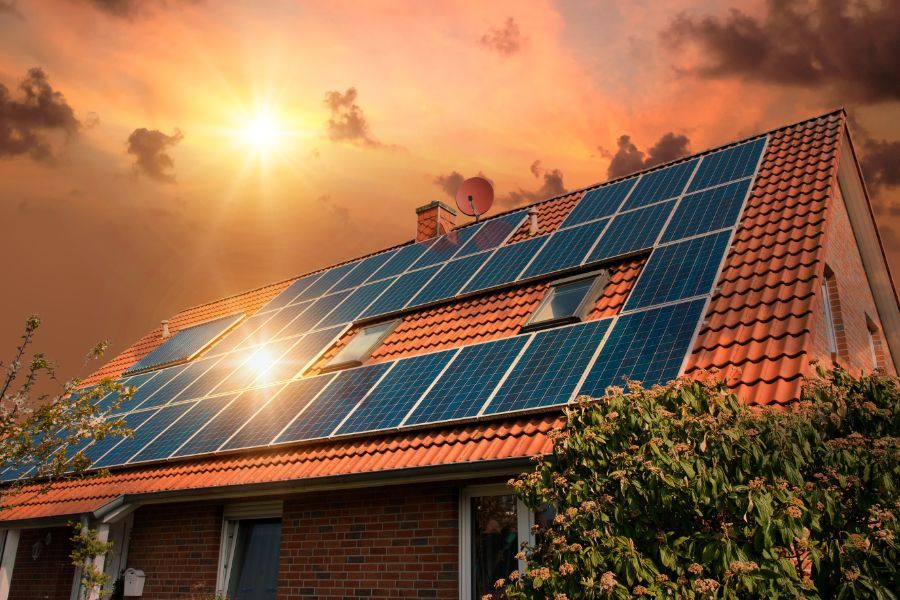What Are The Benefits of Installing Solar In Your Rental Property

California is becoming more electrified, and as the need for power increases, the price increases along with it. Installing solar in your rental may not be a worthwhile investment at first. However, many tenants are leaning towards renewable energy, and promoting your rental can increase its visibility in the market. Although it is an additional expense, solar power has come a long way in the last decade, and with the increase in the electricity price, solar panels have been shown to pay for themselves far sooner than they did ten years ago.
Below is a short list of benefits you should notice after installing solar power in your rental property.
Tenant Satisfaction
Rental vacancies bring passive income from the unit to a halt. They not only stop you from earning, it's a negative cash flow as it costs money to prepare the unit before listing it again. The best way to avoid this is to keep your current tenants or find tenants looking for a place to live long-term.
As previously mentioned, some tenants gravitate towards renewable energy sources, which can increase the eyes on your rental or be the deciding factor for tenants not to move. Especially if their
electric bill is significantly lower, combining solar panels with other energy-efficient appliances can reduce overall energy consumption even more. This can lead to more comfortable living for your tenants. A
happy tenant means a long-term tenant.
Gaining a Competitive Edge
The housing market can vary from year to year, though installing solar panels does give you a competitive edge. There is a growing demand for eco-friendly housing, and you can have your rental stand out by branding your rental as a “Green” rental. This will attract tenants who prioritize sustainability. It's best to add other eco-friendly electrical upgrades, including:
Smart Lighting- Energy Efficient Appliances
- Smart Irrigation Systems
- LED Lighting
- Drought Resistant Lawn
Tenants looking for “green” housing are aware of their energy consumption. They prefer to stay in one location for long periods to minimize their perceived carbon footprint. If they move into your eco-friendly rental, you’ll likely have found the long-term tenants you sought. Properties with solar panels may also command a higher rental rate when compared to rentals without.
Reduced Operating Costs
Solar panels can significantly lower a property's total operating costs. Granted, this requires additional battery investment to store the power the solar panels collected. As they generate electricity from sunlight, they can reduce utility bills for common areas, shared spaces, and security lights.
Although installing solar on a rental is a sizable investment, the average time it takes for the panels to pay for themselves is about eight years in California. Due to the great weather we get, maintenance on solar panels is typically low and consists of inspecting batteries (if installed) and wiping down the solar panels once a year. However, it is said that allowing rainwater to rinse them off is enough.
Increased Property Value
On average, the upfront cost of installing a solar power system is between $12,000 and $16,000 for a 5 kilowatt system. This is enough power to accommodate homes of up to four bedrooms. After the roughly eight-year period where the panels essentially pay for themselves, the investment becomes reflected in your rental property value. If you ever decide to sell in the future, the solar system can be seen as more attractive to potential buyers.
Installing a solar power system for your rental may seem expensive. However, patients usually pay for themselves. If you’re interested in installing a solar power system in your rental or need help deciding if solar power is correct, we invite you to call us today at (562) 888-0247 or fill out our
Owner Application online.





